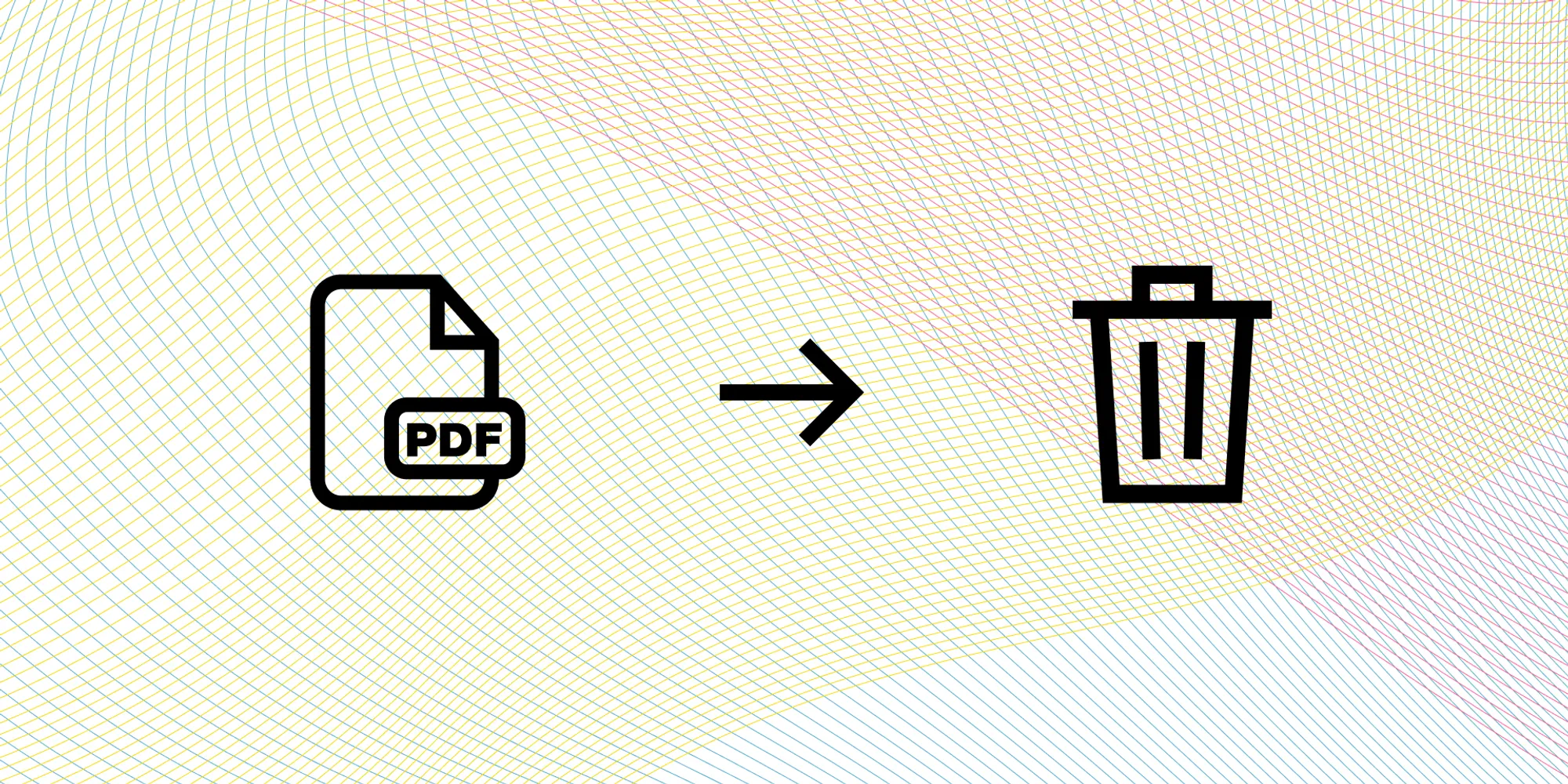Trash your PDF Style Guide: Why You Need a Digital Design System
Style Guides used to be a critical component of maintaining a healthy brand, but their calcified nature dampens brand growth and evolution. New tools like Figma are helping brands grow and evolve while maintaining design consistency and purpose.
Published by Andrew Means
November 8, 2023

Why you need a digital design system
If you’ve ever emailed your design agency about what font to use for a piece of marketing, you probably received the (perhaps exasperated) response: “It’s in the style guide!” Style guides establish the rules for maintaining a consistent visual identity: how to use the logo, what fonts and colors to use, etc.. Back in the day style guides were often thick books with pages of examples of how to consistently execute a brand identity. Today they’re usually a PDF file that sits somewhere in your company’s file system.

Style guides remain a critical component of maintaining a healthy brand, but they often languish for years without updates, and it’s usually up to the individual designers to interpret and adhere to the guidelines, causing mistakes in translation. The result is a clunky, inaccurate workflow where each designer has a reference document that, as the brand grows, becomes less likely to contain guidance for each new scenario.
Now new tools like Figma and Standards are helping brands grow and evolve while maintaining design consistency and purpose. The results can be thought of more as design systems, and their dynamic, accessible, and collaborative structure makes them much better suited to brands with the intent to grow.
Dynamic and Interactive
A digital design system built on a platform like Figma isn’t just an aesthetic guide; it's a living document. Unlike static PDF style guides, Figma allows designers to create and manipulate interactive components, so that everyone is working from the same up-to-date brand elements.
Ensuring Consistency
For every brand, consistency is paramount. Digital design systems promote brand consistency by providing a shared library of colors, typography systems, and design components. This allows designers to reuse elements across different projects, ensuring that every design output aligns with the brand's visual identity.
Fostering Creativity
Far from constraining a brand, brand libraries can be wells of creativity, allowing designers to play with elements to create new expressions of the brand while retaining a consistent look and feel. The digital library we built for Motorq is a great example; the isometric format allows designers to create new marketing collateral from a collection of vehicles, environmental objects, and business abstractions.
Accessibility and Version Control
Unlike static PDF style guides, which can become outdated and are often difficult to distribute, a digital system ensures that all team members have immediate access to the latest design resources. This real-time accessibility facilitates seamless collaboration, reduces inconsistencies, and empowers teams to implement design changes swiftly and accurately.
Scalability
As businesses grow, their design needs evolve, and it’s easy for brand identities to lose focus as marketing needs expand beyond their initial conditions. We’ve found design systems built on Figma to be fertile ground for brands that need to grow quickly while maintaining consistency and fidelity to the core brand aesthetic.
Limitations
Not every brand needs an extensive library of digital components, but most—especially any brands doing regular marketing activities—can benefit from a digital design system. However they’re not perfect: Figma is a digital-only design tool, and while small pieces of print collateral are possible, it’s not (yet) well suited for large-scale print applications. It’s also worth noting that Figma requires a monthly license for each user (vs. a PDF sitting in your company server for free), but we and our clients have found the cost to be well worth it.
Conclusion
At the end of the day marketers all have the same goal: make people excited to pay more for your product than your competitor’s. Your brand is the backbone of this endeavor, and ensuring its flexibility and dynamism—while retaining its integrity—is the key to building lasting relationships with your customers.